As you approach Kilmainham Gaol, you may notice two tiny different coloured stones above the balcony over the entrance. At one point in time, two beams came out of the place where these stones now rest… and from these beams, criminals were hanged. During Georgian and Victorian times public executions took place outside the gate of the jail. People would come and make a day of it. This practice quietly ended one day… but Kilmainham is still noted as being the execution place for many who fought during the war for Irish Independence.
Of the people mentioned in the previous Irish History post, Charles Stewart Parnell was held here in a private room for attacking the government Land Act in his newspaper, the United Ireland (1881-1882). He was not executed but was observed by executioners for a while through the Executioners Hole. He was also allowed to entertain guests during his 6-month incarceration.
Éamon de Valera spent a fair bit of time in Kilmainham for his part in the Easter Rising and later his role in the Irish Civil War. He wasn’t executed; however, other leaders from the rising were killed by firing squad in the stone breakers yard. It’s thought that de Valera wasn’t executed because he was American born. Ironically, de Valera was also Kilmainham’s last prisoner. The facility was abandoned after he was released in 1924.
After de Valera’s release in 1924, the prison sat abandoned for decades until preservation societies stepped in and made the site a museum. This seems to be a common theme in Irish landmarks — probably due to lack of financial resources.
There’s so much more to Kilmainham than executions and grim history. For a jail that was built primarily in the Georgian and Victorian eras, it is rather spacious and bright. Flowers and crosses adorn the areas where Irish leaders were executed and the Irish protect the memory of these leaders with plaques and oral history. It almost feels a holy place.
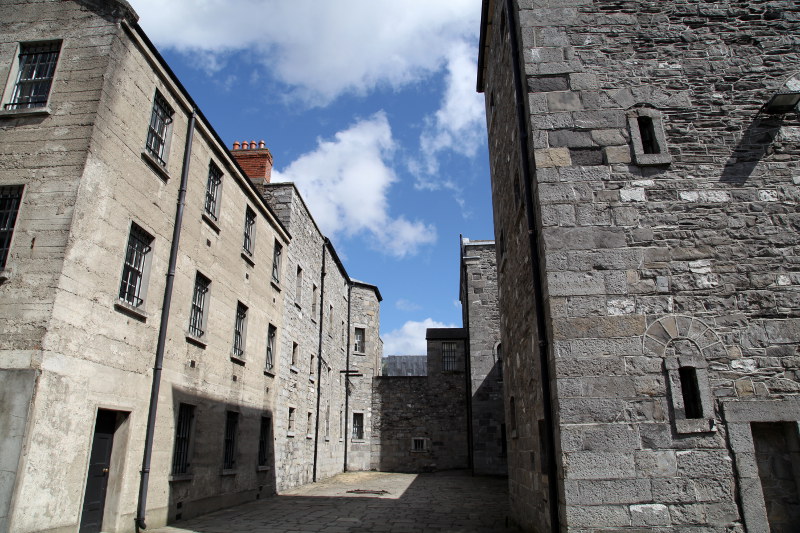
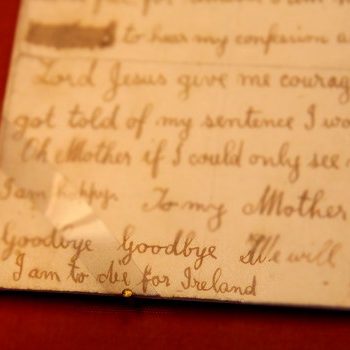
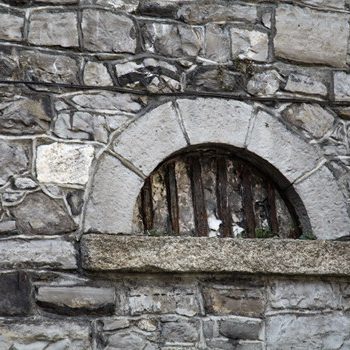
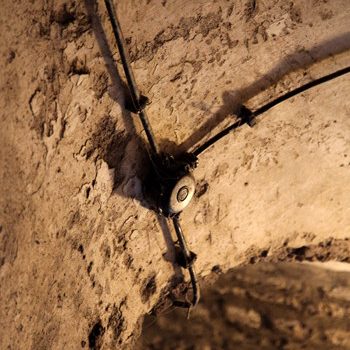
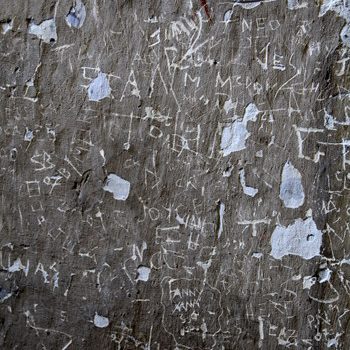
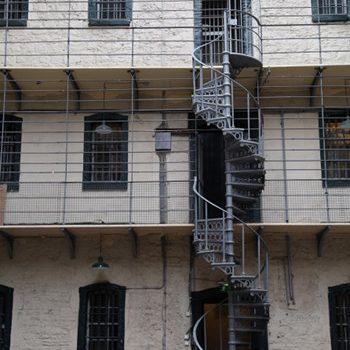
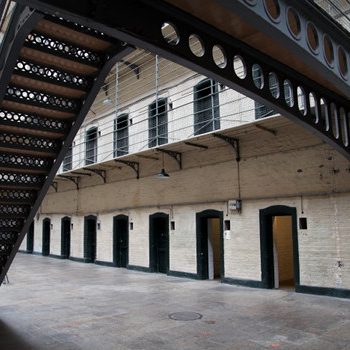
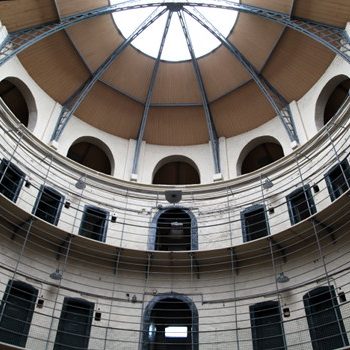
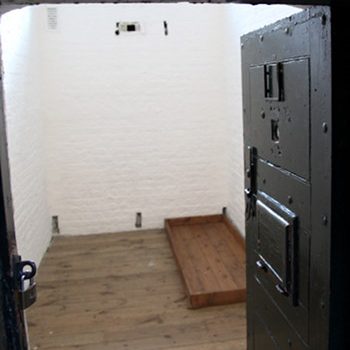
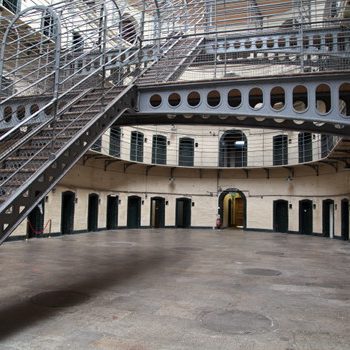
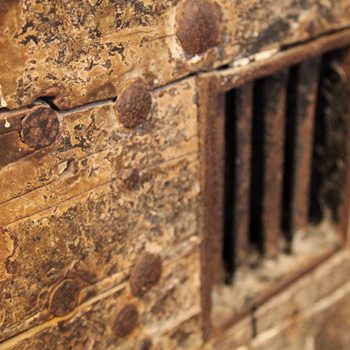
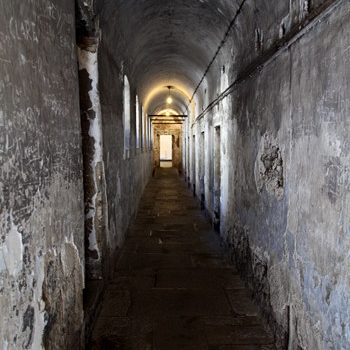
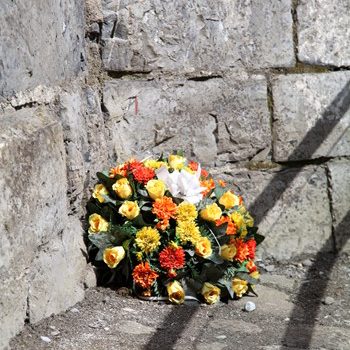
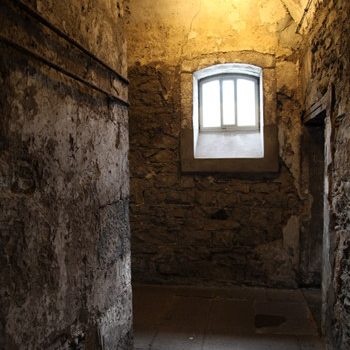
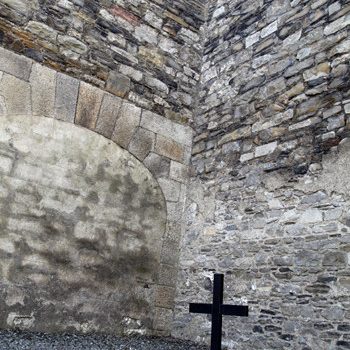
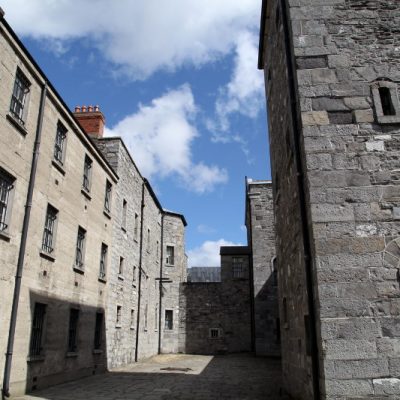
0 comments on “Kilmainham Gaol”Add yours →